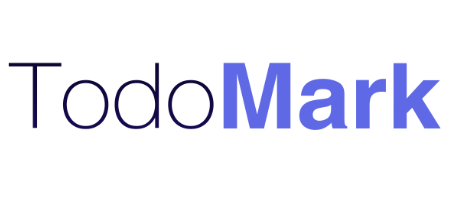Rising Consumer Awareness Strengthens US Non Woven Fabric Adoption
Innovation has been the cornerstone of growth in the US non woven fabric market share, allowing manufacturers to deliver high-performance products tailored to specific industry needs. Unlike conventional textiles, non woven fabrics can be engineered with precision through advanced technologies such as spunbond, meltblown, airlaid, and needle-punching processes. Each method imparts distinct qualities to the fabric, expanding its application potential across sectors like healthcare, automotive, personal care, construction, and packaging.
The meltblown technique, for example, gained global recognition during the COVID-19 pandemic for its critical role in producing medical masks and filtration materials. Its ability to create fine fibers with superior filtration efficiency has made it a preferred technology for protective gear and industrial filters. Meanwhile, spunbond fabrics are widely used in hygiene products, agriculture, and packaging, owing to their strength and cost-effectiveness. Combining these techniques into composite fabrics has allowed manufacturers to strike a balance between strength, absorbency, and comfort, enhancing overall product value.
Automation and digitalization have also revolutionized the non woven fabric industry in the US. Advanced machinery now enables greater production efficiency, uniformity, and customization. The use of AI and data analytics in monitoring production lines ensures quality consistency while reducing waste. These advancements not only improve operational efficiency but also help companies cater to the growing demand for specialized fabrics in shorter turnaround times.
Another significant area of innovation is material development. With growing concerns about plastic waste, manufacturers are investing in biodegradable and recyclable raw materials for non woven fabrics. Polylactic acid (PLA), derived from renewable sources such as corn starch, has gained popularity as an eco-friendly alternative. Recyclable polypropylene blends are also being developed to reduce environmental impact without compromising fabric performance. Such material innovations are helping the industry align with regulatory requirements and consumer demand for sustainable products.
Functional enhancements are another frontier of technological growth. Non woven fabrics are being engineered with antibacterial, antifungal, flame-retardant, and water-repellent properties to expand their applications. For instance, in the healthcare sector, fabrics with antimicrobial coatings are being used to reduce infection risks. In construction, flame-retardant non woven fabrics are applied in insulation materials, improving building safety. These functional upgrades enhance the competitiveness of non woven fabrics compared to conventional textiles and other synthetic alternatives.
In addition, 3D printing and nanotechnology are opening new possibilities. Nanofibers produced through electrospinning offer exceptional filtration efficiency and breathability, ideal for air and water filters. Integration with smart textiles is also on the horizon, where non woven fabrics could incorporate sensors for monitoring health conditions or environmental factors.
Innovation has also extended into supply chain practices. Manufacturers are adopting circular economy models, promoting recycling and reusability to reduce waste. Partnerships with recycling companies and brand owners are helping create closed-loop systems, ensuring that discarded non woven products can be converted back into usable raw materials.
The US non woven fabric market is, therefore, not only expanding in terms of applications but also evolving technologically. With advancements in production processes, materials, and functionality, the industry is well-positioned to meet future challenges. As consumer expectations rise and sustainability becomes a top priority, innovation will continue to drive competitiveness and ensure the long-term growth of the non woven fabric sector.
- Искусство
- История и факты
- Ремесла
- Танцы
- Напитки
- Фильмы
- Фитнесс
- Питание
- Игры
- Садоводство
- Здоровье
- Дом
- Литература
- Музыка
- Сеть
- Другое
- Вечеринка
- Религия
- Поход по магазинам
- Спорт
- Театр
- Здоровье



